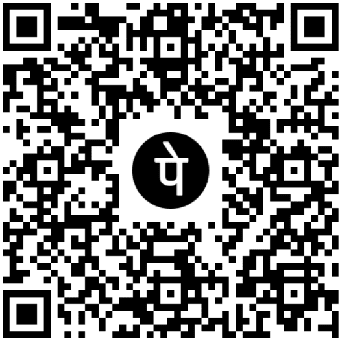PresentationHTML, or Hypertext Markup Language, is the groundwork of web advancement. It fills in as the foundation of pretty much every page you visit. HTML structures the substance on a page and is basic in characterizing how components are shown in programs. Understanding HTML components is urgent for anyone with any interest in web improvement, as they are the essential structure obstructs that make the substance and design of a site.
What Are HTML Components?
HTML components are the essential parts of a HTML record. Every component addresses a piece of the website page and can incorporate text, pictures, joins, and different sorts of content. Components comprise of two fundamental parts: labels and content. Labels characterize the start and end of a component, while content is the data held inside the labels.
Construction of HTML Components
A HTML component regularly comprises of an initial tag, content, and an end tag. The initial label denotes the beginning of the component, the substance is the data or media showed, and the end tag demonstrates the finish of the component. For instance, in a passage component, <p>This is a paragraph.</p>, <p> is the initial tag, This is a section. is the substance, and </p> is the end tag.
Normal HTML Components
Headings:
HTML gives six degrees of headings, from <h1> to <h6>. These components are utilized to characterize the headings on a site page, with <h1> being the most elevated and generally significant level, and <h6> the least. Headings are fundamental for putting together satisfied and further developing openness.
Passages:
The <p> component characterizes a section of text. It is utilized to bunch related sentences and make discernible lumps of message on the page. Passages are consequently isolated by edges to further develop coherence.
Joins:
The <a> component, or anchor tag, makes hyperlinks. Hyperlinks permit clients to explore starting with one page then onto the next or to various segments of a similar page. The href quality inside the <a> label determines the URL of the connection's objective.
Pictures:
The <img> component is utilized to show pictures on a page. It doesn't have an end tag and uses credits like src (source) and alt (elective text) to characterize the picture's area and give enlightening text to openness.
Records:
HTML upholds two kinds of records: requested and unordered. The <ul> component makes an unordered rundown with list items, while the <ol> component makes an arranged rundown with numbered things. List things are characterized utilizing the <li> component.
Tables:
Tables are made utilizing the <table> component, with lines characterized by <tr> and segments by <td> (for information cells) or <th> (for header cells). Tables coordinate information into lines and sections, making it simpler to introduce organized data.
Structures:
The <form> component is utilized to gather client input. Structures can incorporate different information components, for example, text fields, checkboxes, and submit buttons. The structure's information is shipped off a server for handling when submitted.
Divisions and Ranges:
The <div> and <span> components are utilized for gathering and styling content. <div> is a block-level component that makes a holder for different components, while <span> is an inline component utilized for styling more modest segments of text.
Semantic Components:
Present day HTML incorporates semantic components like <header>, <footer>, <article>, and <section>. These components give importance to the construction of a page, making it simpler for web indexes and assistive innovations to figure out the substance's association.
Ascribes
HTML components can have ascribes that give extra data about the component. Credits are set inside the initial tag and are composed as key-esteem matches. For instance, the <img> component utilizes the src property to determine the picture's record way and the alt characteristic to portray the picture.
Settling Components
HTML components can be settled inside each other. For instance, you can put a rundown inside a <div> or incorporate pictures inside a section. Legitimate settling is significant for keeping up with the construction and usefulness of the website page. Erroneous settling can prompt delivering issues or broken designs.
Self-Shutting Components
Some HTML components are self-shutting, meaning they don't need an end tag. These components incorporate <img>, <br>, and <hr>. Self-shutting components are utilized for embedding content that doesn't have any extra settled content, for example, line disrupts or level norms.
Conclusion
In 2024, Shopify continues to be a top choice for e-commerce entrepreneursdue to its ease of use, powerful features, and scalability. Whether you'relaunching a new store or looking to switch platforms, Shopify provides thetools and support necessary to succeed in the competitive world of onlineretail.For those looking to enhance their skills or seeking expert guidance ine-commerce, I highly recommend checking out FameFing. As a leading softwarehouse and training center, FameFing offers top-notch courses and resources tohelp you master platforms like Shopify and excel in your online businessjourney. Their team of professionals is dedicated to providing the besttraining and support, ensuring that you have everything you need to thrive inthe digital marketplace.











0 Reviews